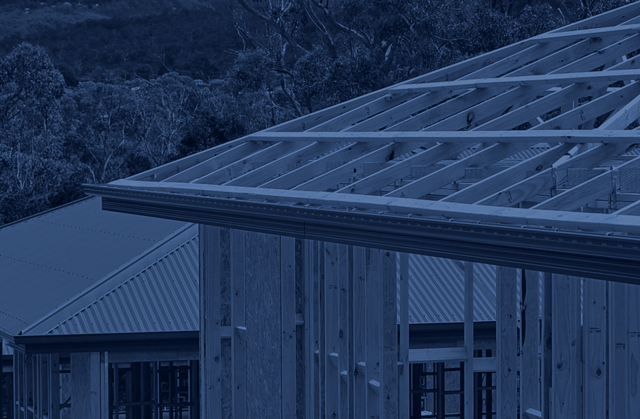Growth areas infrastructure contribution
A contribution paid by developers for new infrastructure.

What is the growth areas infrastructure contribution?
The growth areas infrastructure contribution is a one-off charge on land in Melbourne’s growth areas. It applies when land is bought, subdivided or developed. The contribution funds infrastructure development such as transport, health and education infrastructure in expanding suburbs.
Understanding growth areas infrastructure contributionOnline services
Check what applies to you
Calculators
Stay updated
Get in contact with us
Subscribe to our email


